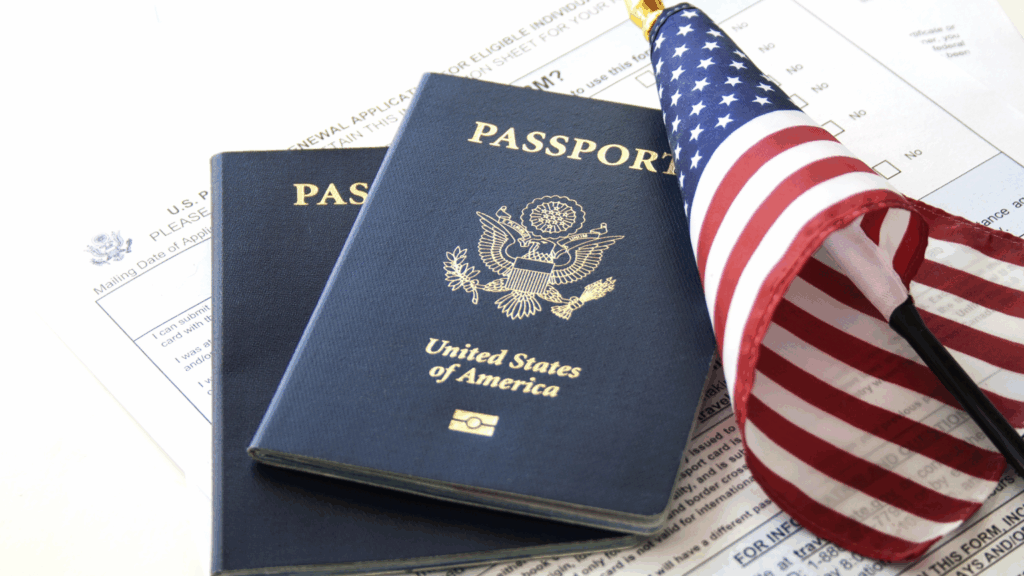U.S. Passport Drops Out of Global Top 10 as Reciprocity Shrinks

A first in two decades
For the first time since the Henley Passport Index launched twenty years ago, the United States no longer sits among the world’s ten most powerful passports. In the latest update, the U.S. ranks 12th, tied with Malaysia. A decade ago, it held the top spot. Today, American travelers can enter 180 of 227 countries and territories without a prior visa, yet only 46 countries and territories receive similarly easy entry to the United States. That imbalance is a key reason the U.S. slid down the list.
How the rankings work
The Henley Passport Index updates monthly using data from the International Air Transport Association. It compares 199 passports against 227 destinations and assigns each passport a score based on the number of places a traveler can enter without arranging a visa in advance. Countries with the most liberal, widely reciprocated access rise to the top. In 2025, Singapore, South Korea, and Japan lead the pack, reflecting strong visa waiver networks and consistent reciprocity.
Why the U.S. slipped
Analysts point to both losses in visa free access and weaker reciprocity compared with top ranked countries. Recent changes include Brazil reinstating visa requirements for Americans and the United States missing from China’s expanding list of visa free partners. New electronic visa systems in places like Somalia, and broader visa free policies in Vietnam, Myanmar, and Papua New Guinea for other nationalities, have also widened the gap. The pattern suggests many countries are actively courting easier travel while U.S. access has not kept pace.
Policy headwinds and higher costs
Policy moves have added friction for inbound visitors and, by extension, for reciprocity. Since January, the administration suspended visa issuance to a dozen countries across Africa, the Middle East, and Southeast Asia, imposed tighter rules on seven others, and floated restrictions for dozens more. Some travelers face a refundable visa bond of five thousand dollars, a high hurdle by global standards. Fees have also climbed. The price of the Electronic System for Travel Authorization rose from twenty one dollars to forty dollars on September 30, and a new two hundred fifty dollar visa integrity fee has been proposed for many non immigrant applications.
Industry reaction
Travel industry leaders warn that higher fees and stricter screening may suppress demand at a time when the United States wants to welcome international visitors for major events such as the World Cup and America250 celebrations. Their concern is straightforward. When costs and paperwork grow, travelers choose destinations where entry is faster and cheaper. That shift can reduce spending at U.S. hotels, attractions, and small businesses that depend on international tourism.
Reciprocity matters
Experts note that visa free access is not just a convenience. It signals openness, strengthens trade and education ties, and often encourages partners to match policies in return. China’s recent push to broaden visa free travel illustrates how countries can leverage access as economic and diplomatic outreach. By contrast, limited reciprocity makes it harder for the United States to advance in rankings that reward mutual, low friction travel.
Keep the drop in perspective
Despite the slide, the U.S. passport still offers broad mobility. Americans continue to enjoy visa free entry to most destinations worldwide, which is why the document remains highly sought after. The new ranking reflects incremental changes rather than a collapse. It is a reminder that access evolves constantly as countries adjust fees, screening, and bilateral deals.
What travelers should do now
Check entry rules early, even for familiar destinations, and monitor fee changes before booking. If you plan to visit countries that recently adjusted policies, build extra time into your application timeline. For international visitors eyeing the United States, factor in potential bonds or higher processing costs and look for official updates before purchasing tickets. For policymakers and industry leaders, the path back to the top tier is clear. Greater reciprocity, streamlined processing, and predictable fees would strengthen U.S. passport power and keep America competitive for global travelers.
Follow us on MSN for all your travel and lifestyle tips.
This article was written by Hunter and edited with AI Assistance






